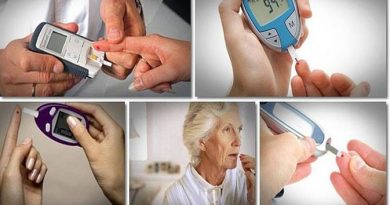Injuries and violence take the lives of 4.4 million people worldwide each year – World Health Organization
Injuries and violence take the lives of 4.4 million people worldwide each year. These deaths – almost the number resulting from two COVID-19 pandemics each year – constitute nearly 8% of all deaths globally. Three of the top five causes of death for people age 5-29 years are injury-related: road traffic injuries, homicide and suicide. Injuries and violence place a massive burden on national economies, costing countries billions of US dollars each year in health care, lost productivity and law enforcement.
Beyond these deaths, tens of millions of people suffer non-fatal injuries each year which lead to emergency department and acute care visits, hospitalizations, and treatment by general practitioners. They often result in temporary or permanent disability and the need for long-term care and rehabilitation. There are numerous specific strategies based on sound scientific evidence that are effective and cost-effective at preventing injuries and violence; it is critical that these strategies are more widely implemented.
“Poor people suffer more from injuries and violence because they live, work, play and travel in more precarious conditions and have less access to prevention programmes and emergency trauma care,” noted Dr Tedros Adhanom Ghebreyesus, WHO Director-General. “As we build back better from the COVID-19 pandemic, it is important that the global community understands the value of implementing these proven life-saving strategies.”
Among these include:
• setting and enforcing laws on risks such as speeding and failing to use seat-belts to prevent road traffic injures;
• providing gait and balance training for older people to prevent falls;
• teaching basic swimming and water safety skills to prevent drowning;
• developing safe, stable and nurturing relationships between children and their parents or caregivers to prevent violence; and
• ensuring early detection and effective treatment of mental disorders, particularly depression and alcohol use disorders, to prevent suicide.
“As a field, we must find new ways to reach those in positions of power to effect change,” notes Dr Etienne Krug, WHO Director of the Department of Social Determinants of Health.
“This includes by linking with other agendas, like sustainable mobility, adolescent health and climate change. We must also address the risk factors that are common to all our issues, such as alcohol or substance use; catalyze action in countries by promoting primary prevention programmes; and forge new partnerships and ways of communicating, sharing and training the next generation of injury and violence prevention experts.”
This news alert is released in the context of the Virtual Showcase, being held from 22-26 March 2021, and established to maintain momentum of the 14th World Conference on Injury Prevention and Safety Promotion which was postponed from 2020 to 2022, and ensure that there is an opportunity between events to engage, network and continue knowledge sharing for the global injury prevention and safety promotion community. The Virtual Showcase will continue with the theme developed for Safety 2020 – ‘Innovation, Engagement, Action: for a safer future’, and offers more than 80 live sessions, workshops, satellite events, networking functions, e-poster presentations and others.




